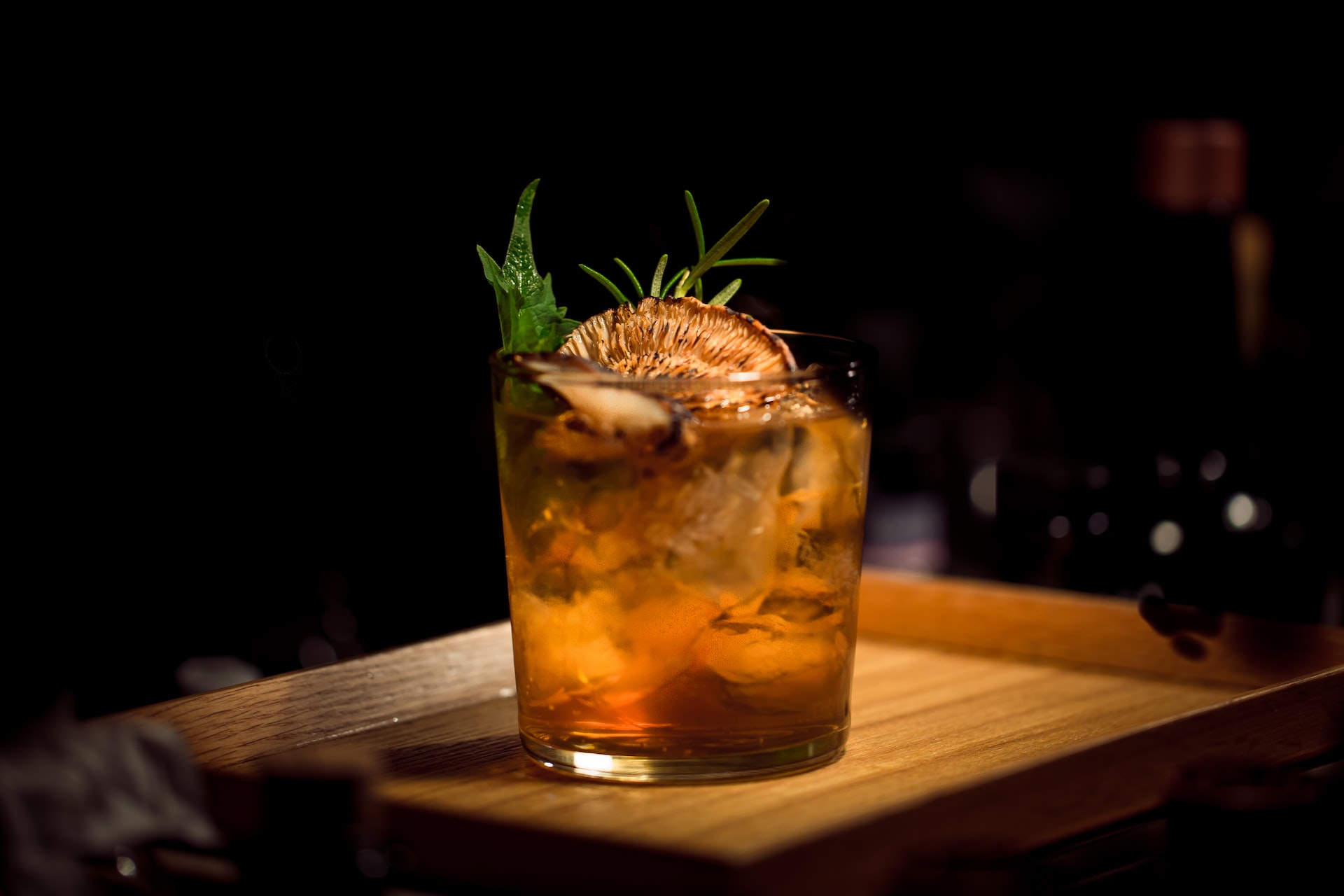Even though Thanksgiving is over, the extra weight you gained isn’t going away anytime soon. You may be considering going on a diet or fasting to prepare for the massive consumption parties that will take place at the end of the following month. If you are a regular drinker, it may be tempting to stop drinking for a while, even if it is just to save money on all the calories that liquids contain. It is obvious that if enough people do this for an extended period of time, a significant number of us will be out of work, which is unfortunate. At the very least, we have reason to be grateful that we live in a time when the consumption of alcoholic beverages is not only permitted, but also taxed and carefully regulated, and that herbal jazz cigarettes are now receiving similar treatment. It has been nearly a century since the 18th amendment, which prohibited the sale of alcoholic beverages, but perhaps we are finally beginning to learn something.
The only thing we seem to know about the Prohibition Cocktail is that it was first published in The Savoy Cocktail Book in the 1930s. The name of the drink was still all-too-current at the time, despite the fact that it could still be made perfectly legally at the author Harry Craddock’s day job at London’s Savoy Hotel. It is a subtly humanized take on the classic martini that is not overly sweet, not overly fatty, and not overly serious. The flavor is definitely moderate, even if it isn’t quite a temperance drink.
The Cocktail Dubbed “the Prohibition”
1 and 1/2 ounces dry London gin
Lillet Blanc 1 1/2 oz.
1/2 milliliter orange juice, freshly squeezed
1 tablespoon apricot liqueur
To make the drink, combine all of the ingredients in a mixing glass or cocktail shaker over ice. Stir or shake the mixture, but then strain it into a chilled cocktail glass after you’ve done either of those things. Consider the most fundamental right, yet the least violated: the right to control your own body, including what you put into it.
*****
If you want to try some Prohibition-era cocktails, here they are:
1. The Whiskey Sour (Standard)
The whiskey sour is a versatile, easy-to-make cocktail that is a reliable asset that any bartender should keep in their back pocket. It’s been dubbed the “fried egg sandwich” of American cocktails. Because the drink’s sweeter notes can cancel out much of the bite of a cheaper whiskey, it’s also a great way to bring non-whiskey drinkers into the fold and into the whiskey community.
2. the sidecar
The Sidecar is a sweet and refreshing alternative to some of the heavier options on this list, allowing customers to enjoy their drink while remaining light on their feet. This cocktail is lighter than some of the heavier options on this list. Other than that, this Prohibition mainstay can bring back the jazzy colors of the roaring ’20s regardless of the era we are currently living in.
3. The Bee’s Knees
“A what?”
When presented with an order for this well-known Prohibition-era cocktail, most bartenders under a certain age are likely to respond. If you find a bartender who can make a Bee’s Knees without consulting a Google machine, you’ve found the right place. Pour some gin into a glass, then add some lemon juice, and you’ll have the most delicious cocktail in town.
4. The White Lady
This light cocktail, in the style of the previous two, features lemon flavors and a golden color that complement both candlelight and party lights; however, the White Lady is capable of packing a significant punch. Inquire about the drink of the day with your bartender, and prepare for a potent combination of gin, triple sec, and lemon juice.
5. Gin Rickey
One of the classic elements that was a mainstay of Washington, DC nightlife in the 1880s is making a comeback thanks to a group of local bartenders. This cocktail, made with bourbon and mineral water and served in a highball glass, was named after the bartender who served Colonel Joe Rickey. The Colonel’s drink was renamed the “Joe Rickey” after the bartender added a fresh lime to it.
*****
One of the 23 recipes in Harry Craddock’s book that calls for Plymouth gin is the original recipe for The Prohibition Cocktail. In the previous week’s post, I discussed both the style and the brand of this particular gin. This drink will fall apart if you try that now, no matter how strange it may appear.
Mr. Craddock, on the other hand, was not unaware of what he was doing. The other primary component, Lillet Blanc, a very nice, lightly sweet vermouth variation, has undergone significant changes since 1930, and I’m convinced that this is the reason. Contrary to what Robert “DrinkBoy” Hess claims in his otherwise accurate 2012 video on this drink, the beverage formerly known as Kina Lillet contained bitter quinine derivatives. This appears to be what the majority of industry professionals believe. James Bond’s Vesper has become notoriously problematic in recent years as a result of this change. (Under no circumstances should you attempt to recreate the dish depicted in Daniel Craig’s 2006 film “Casino Royale”; he did not provide the exact ingredients.) That same year, cocktail historian David Wondrich provided an explanation.) If you insist on using Plymouth Gin during Prohibition, you must use the same trick that connoisseurs currently use for the Vesper: add a couple of dashes of bitters to the drink to bring it into harmony with the other flavors.
On the other hand, I prefer this one prepared more simply with an ingredient like Beefeater’s, which both Robert Hess and I appear to enjoy. It has a touch of sweetness, a touch of sourness, and floral undertones. Ford’s Gin, which has a more acerbic and sharp flavor, was invigorating but not as enjoyable to drink. If you’re having trouble deciding on a brand, Gordon’s is a good option because it’s less floral and has fewer bitter notes. This would allow you to save some money.
Thank goodness, speakeasies are more of a charming historically minded affectation than the criminally underwritten boozing necessities they once were. This post-Thanksgiving weekend is ideal for reflecting on that fact.



